A motion detector is an automatic switch. Many outdoor light fixtures have built in or integral motion detectors. However in many cases, it is desirable to have the motion detector separate from the light fixture, as shown in Figure 1.
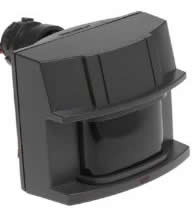
Figure 1 - Independent motion detector
A separate or independent motion detector can be used to sense movement and turn on existing light fixtures, rather than replacing light fixtures that are already in place. It also allows you to control numerous light fixtures with one motion sensor.
Usually the most difficult part of installing an independent motion sensor is capturing the feed to the current light fixtures. The light sensor must be wired to the incoming feed in the same manner as if you required a switch to turn on a bank of light fixtures.
It should be noted that it is complex to install a single motion detector that controls light fixtures that are on different circuits and requires additional electrical hardware - namely an electrical contactor, as shown in Figure 2.
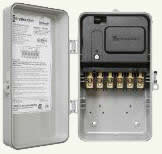
Figure 2 - Electrical contactor
For the purpose of explanation we will be installing a motion detector, to turn a group of outdoor lights on, that all reside on the same circuit and are connected in parallel to one another.
The most convenient spot to pick up the feed is at the switch that currently controls the lights. The wiring diagram for the current circuit will look similar to Figure 3, the number of lights on the circuit may vary.
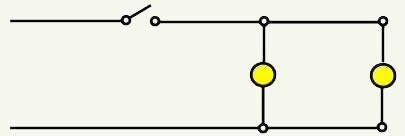
Figure 3 - Electrical circuit before installation of motion detector
The motion detector can be installed in 3 different manners:
- It can replace the switch, as shown in Figure 4.
- It can be in series with the switch, as shown in Figure 5. This means that the switch would have to be in the "ON" position in order for the motion detector and hence the lights to work.
- It can be in parallel with the switch as shown in Figure 6.
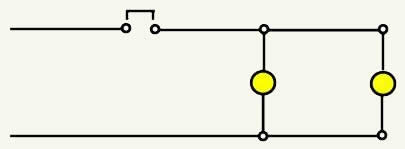
Figure 4 - Electrical circuit with motion detector replacing the light switch
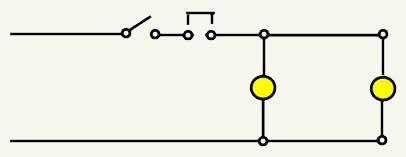
Figure 5 - Motion detector wired in series with the light switch
In this case either the switch or the motion detector could turn the lights on but they would both have to be in the "OFF" position in order to turn the lights off.
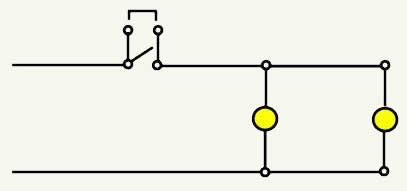
Figure 6 - Motion detector wired in parallel to the light switch
As shown in Figures 7, 8, and 9, motion detectors and light fixtures come in a variety of configurations:
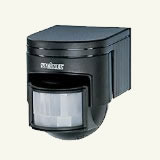
Figure 7 - Independent 600 watt motion sensor
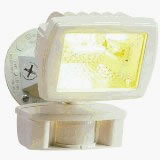
Figure 8 - 150 watt halogen light with integral motion sensor
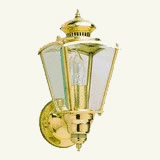
Figure 9 - Carriage light fixture with integral motion sensor
Additional information on adjusting a motion detector
